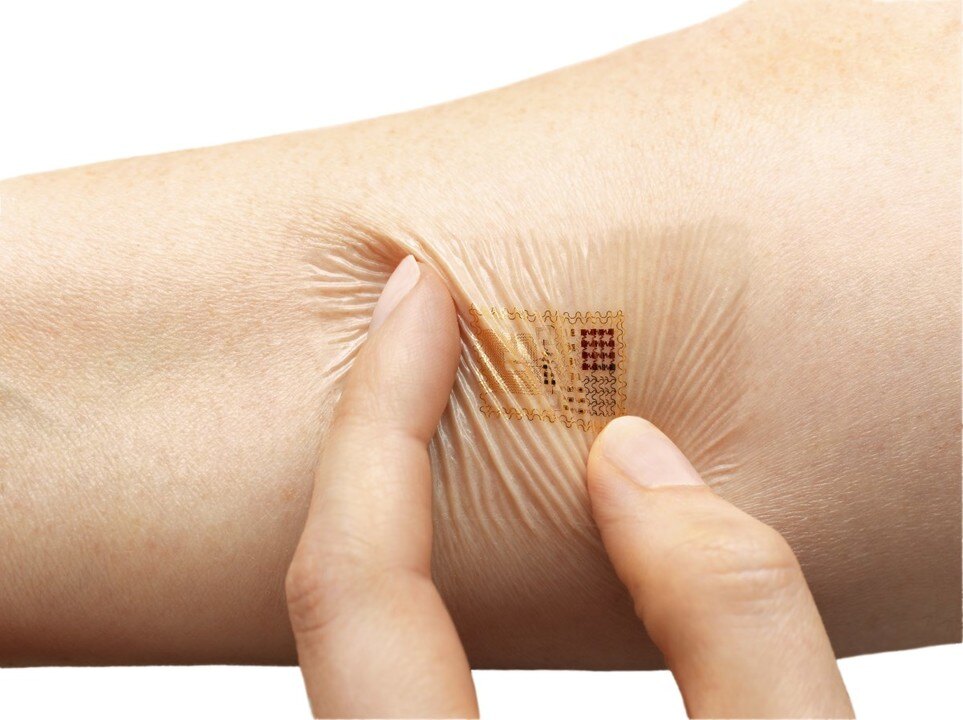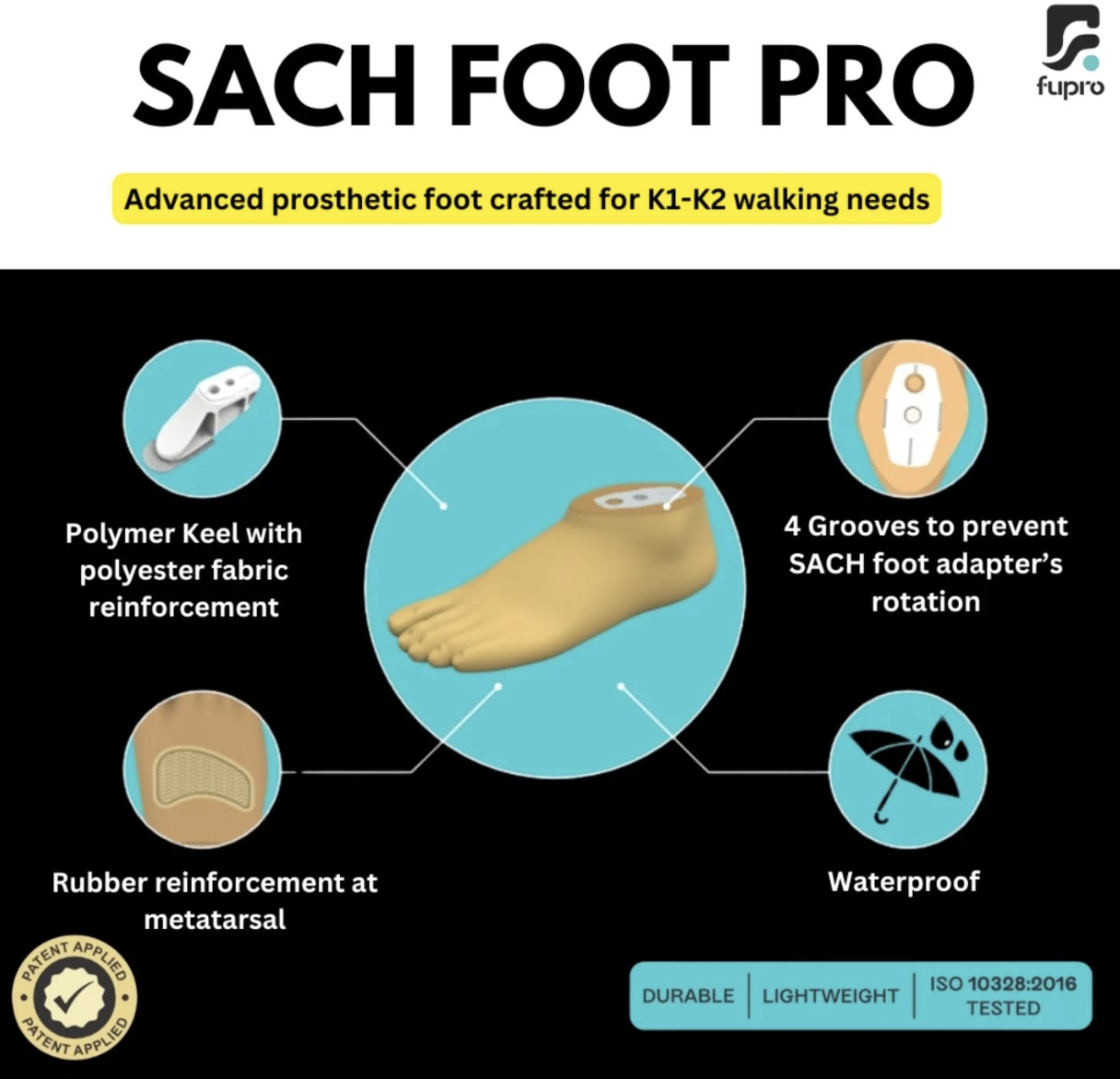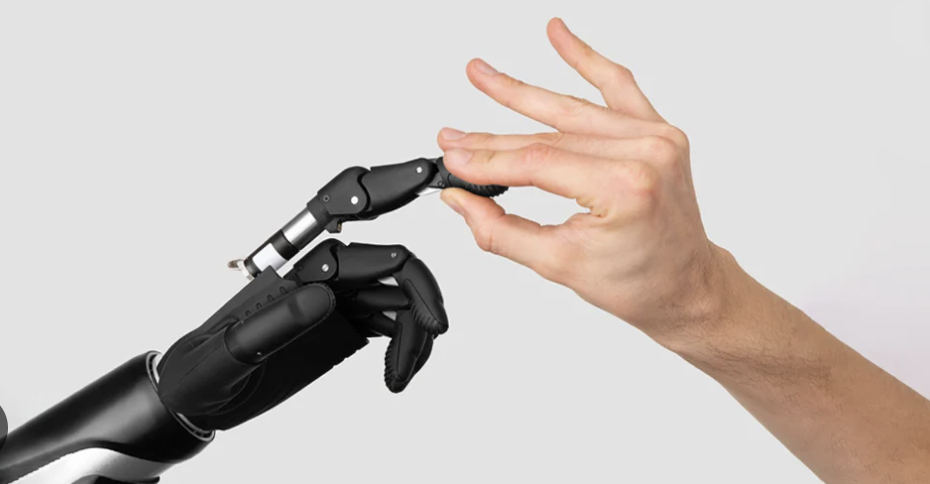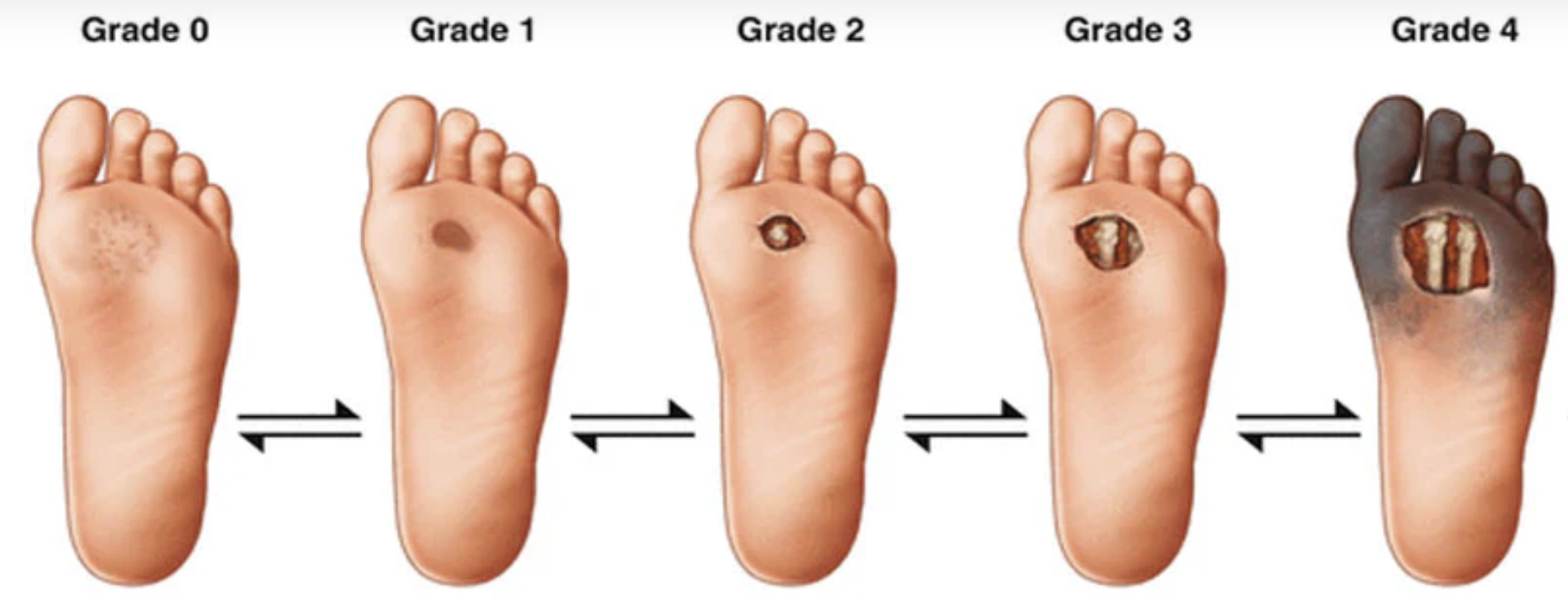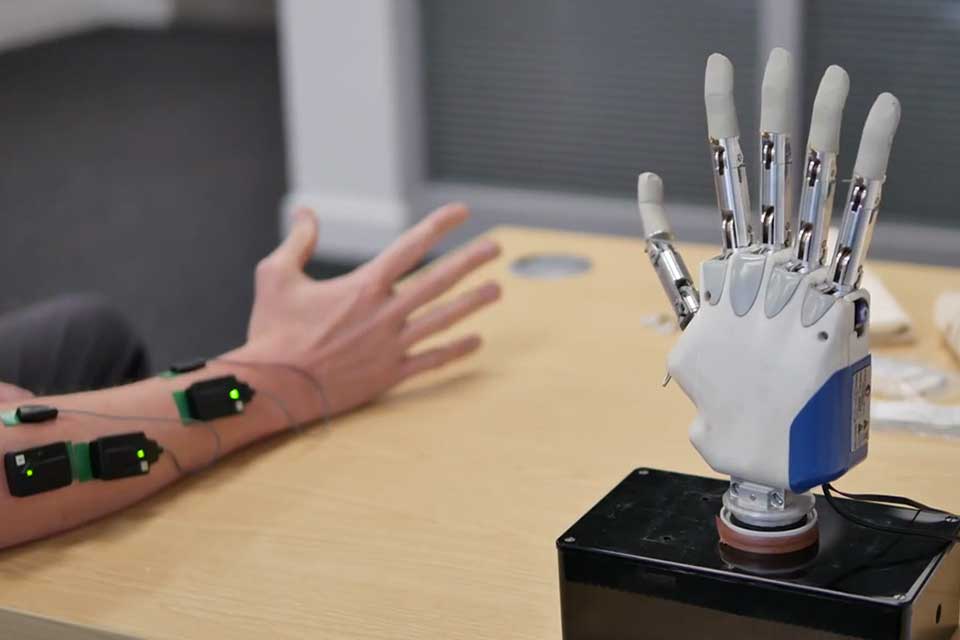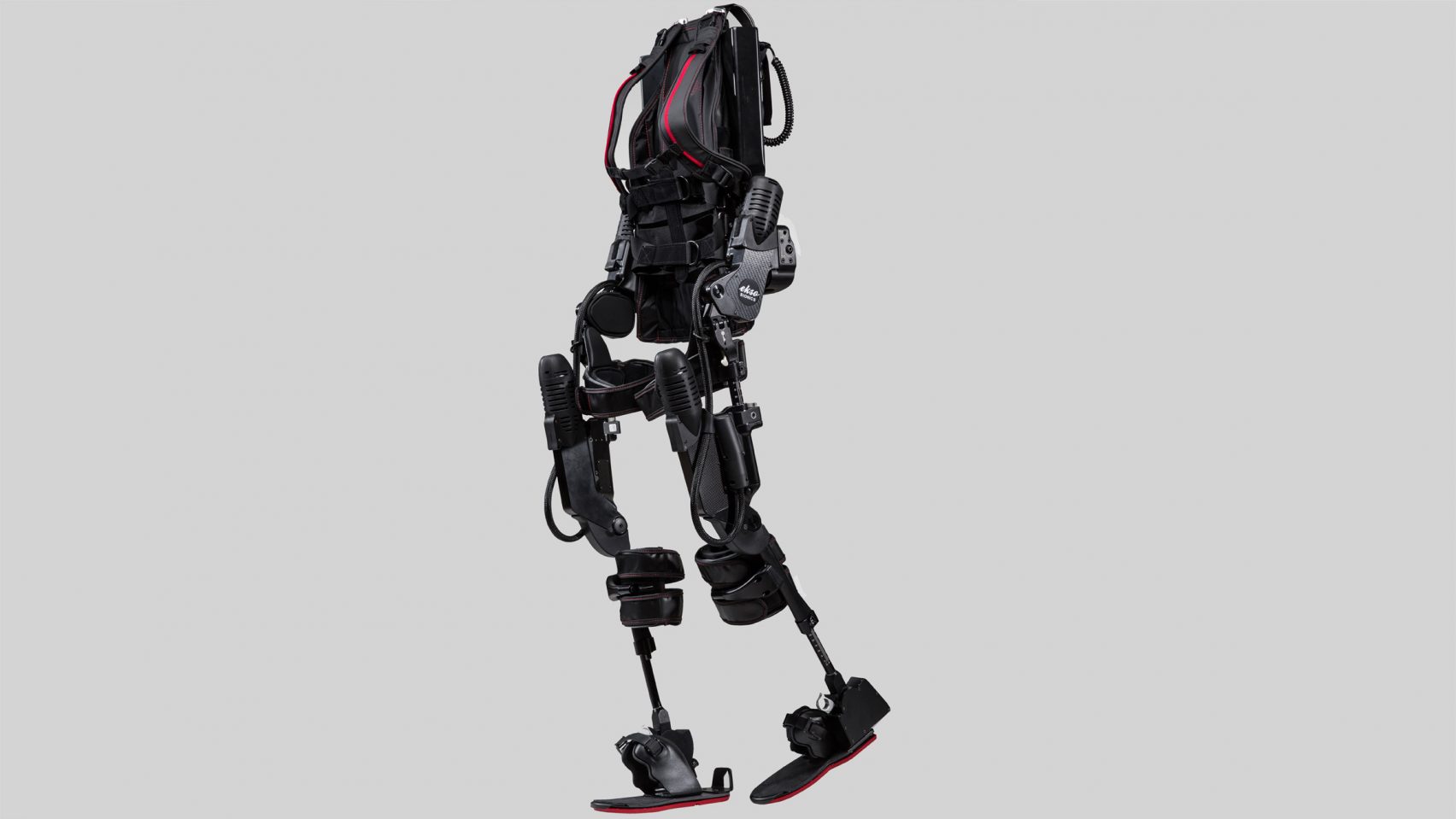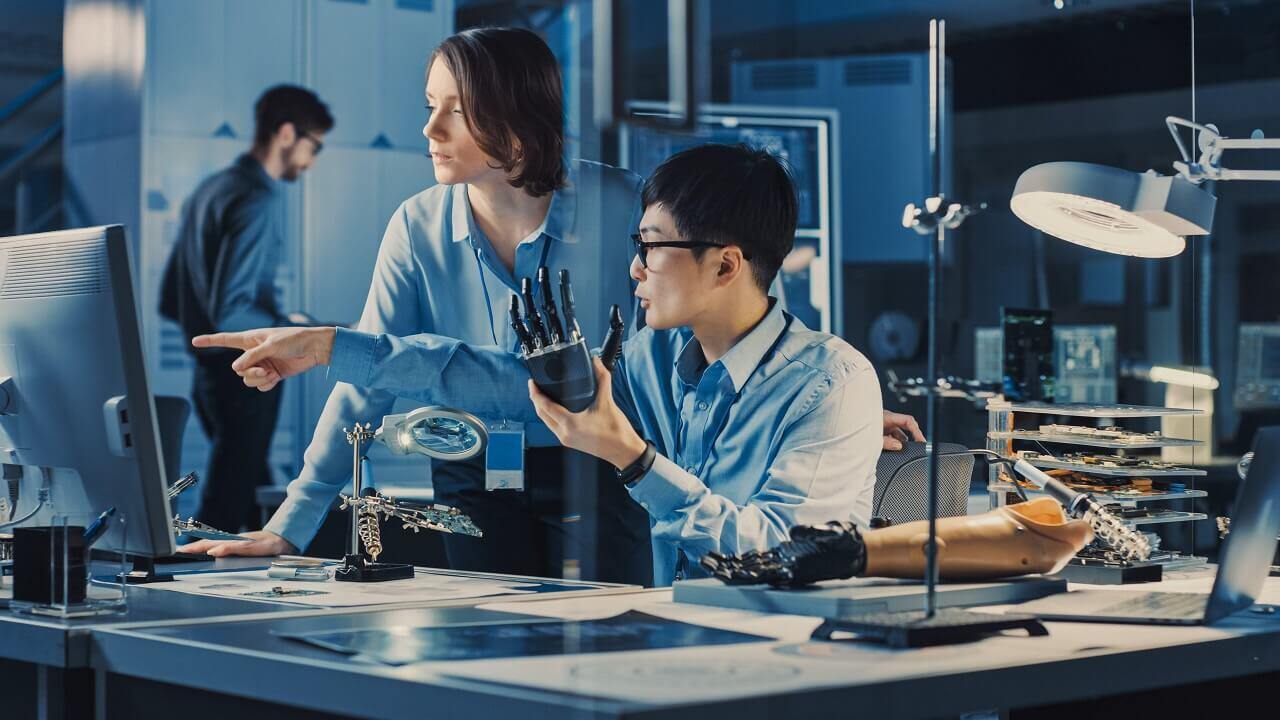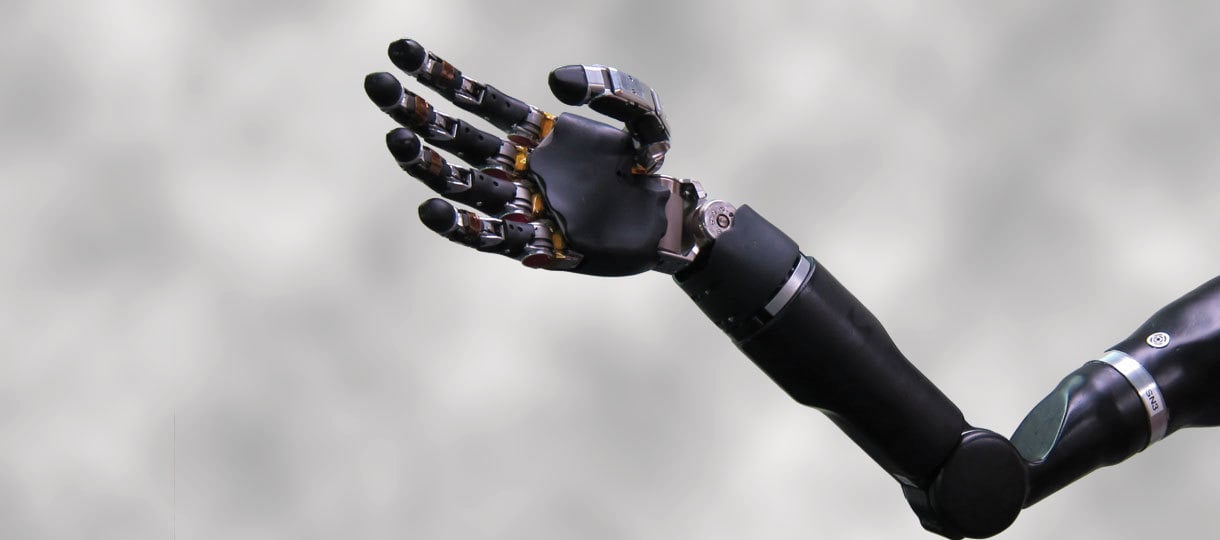The global implantable medical devices market is projected to experience significant growth through 2030. Estimates suggest the market will expand from approximately $92 million in 2023 to $179 million by 2030, reflecting a compound annual growth rate of 7.2%. This growth is driven by technological advancements, an aging population, and the increasing prevalence of chronic diseases.
While the purpose of certain prostheses is cosmetic, there are endeavors to evolve cosmetic body parts into functioning medical devices that support the day-to-day lives of disabled persons. Intelligent prostheses are software-intensive systems that need to interact with both nature and the systems of the human body.
This rapid expansion presents an opportunity for businesses to innovate and capture a share of the market by developing next-generation intelligent prostheses. Teams and even startups with expertise in real-time and embedded systems are set to dominate the medical device industry. These businesses are the game changers in this industry, revolutionizing system integrations between the human body and intelligent prostheses.
INTELLIGENT PROSTHESES AND EMBEDDED SYSTEMS
This shift opens up possibilities for businesses to create innovative, software-driven prosthetic solutions that offer new functionalities for individuals with disabilities. Advancements in informatics are encouraging businesses in the medical device industry to rethink their approach to prostheses. Instead of viewing them as standalone devices, they are increasingly seen as embedded systems—software-intensive micros that integrate with neural networks and can be seamlessly controlled by the brain.
Intelligent prostheses help individuals with disabilities by transforming environmental triggers into signals the brain can understand, allowing them to see, smell, hear, feel, and more. These intelligent prostheses are purpose-driven, software-intensive microcomputers that evolve by exploring their environment and adapting to various circumstances, unlike traditional microcomputers like PCs that follow pre-programmed instructions.
THE FUTURE OF PROSTHESES
As an example, I will discuss a prosthesis that is highly in demand due to an unfortunately significant number of vision loss cases. Ocular prostheses, which have been traditionally used for cosmetic purposes, can now be dramatically evolved into functional parts of the human body thanks to advancements in technology.
Intelligent micros/prostheses consist of a core processing component and the required interfaces needed for integration into the system of systems of the human body. These interfaces and their functionalities vary depending on the purpose of the device and the context of their use.
For example, ocular prostheses essentially need to expose two interfaces. These interfaces define the boundaries of the system as a living organ. These boundaries are critical from a security perspective, ensuring that although the device is embedded and integrated into the system of systems of the human body, it has a limited and controlled scope to prevent unauthorized access to the neural networks.
One interface needs to be exposed to the external world, providing functionalities that can be triggered by natural elements, such as light. The other interface needs to be exposed to the neural networks, rendering functionalities that are understandable by the brain system and can be invoked by it.
USER INTERFACE PRINCIPLES FOR INTELLIGENT PROSTHESES
In the early 1980s, when the graphical user interface (GUI) was introduced to the world by Xerox, it was based on one fundamental principle—that the elements of the user interface should be perceivable enough for users without any prior learning. For example, if a user wanted to delete a file, it could be easily done by dragging the file and dropping it onto the paper shredder icon.
Let’s expand on the principles that GUIs are based on and apply them in the context of intelligent prostheses. In this scenario, the brain system is the user of the interface provided by the intelligent prosthesis.
Through this interface, the prosthesis exposes its presence to the brain system, making it essential for the interface to be perceivable enough by the brain system as a living component, indicating its presence and status. This allows the brain system to recognize the functionalities provided by the embedded organ. Subsequently, the brain system can invoke these exposed functionalities to receive the information that the prosthesis has inferred from the environment.
The human brain system is the runtime environment for the enabling software of intelligent prostheses. Neural networks provide readable interfaces that need to be linked for the activation of the intelligent prosthesis. Their activation must be carried out by the brain when it is informed of the presence of a new component (organ).
Another possible interface that these intelligent prostheses may expose is for the personal health record of the individual, allowing observation of the device’s functioning and logging its activity. But this interface will transform the device into a cyber-physical system, which raises a lot of concerns regarding security and privacy-related probabilities.
STRATEGIES FOR STARTUP SUCCESS
Businesses developing intelligent prostheses should prioritize embedding robust security protocols during the design phase to address potential vulnerabilities. Business leaders should also work toward industry-wide open standards and frameworks, fostering collaboration while ensuring regulatory compliance.
Informatics startups, relying on the agility culture required for such businesses, should enter the market more aggressively and utilize the knowledge of small teams to design and prototype intelligent prostheses. They should focus on the prototyping of such devices to mobilize the funds required for the next steps of their commercial endeavors.
To boost the growth of this emerging sub-industry, startups can also establish a governing body to manage knowledge and codify best practices through the standardization of relevant processes. They can also initiate an open project to develop runtime libraries as standard interfaces for integrating intelligent prostheses into the neural networks.
THE TRANSFORMATIVE POTENTIAL OF INTELLIGENT PROSTHESES
The implantable medical devices market is poised for significant growth, driven by advancements in intelligent prostheses that integrate seamlessly with the human body. Startups and businesses that prioritize innovation, security, and standardization are well-positioned to lead this evolving industry. By fostering collaboration and addressing key challenges, they can redefine prosthetic technology as functional extensions of the human body.
Majeed Javdani is the President of the International Digitalization Forum, which advocates for conformant digital transformation. Read Majeed's Executive Profile here
